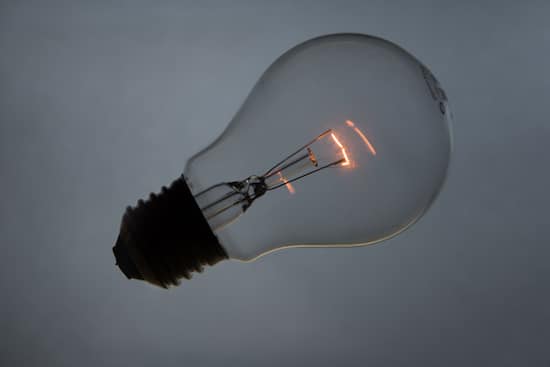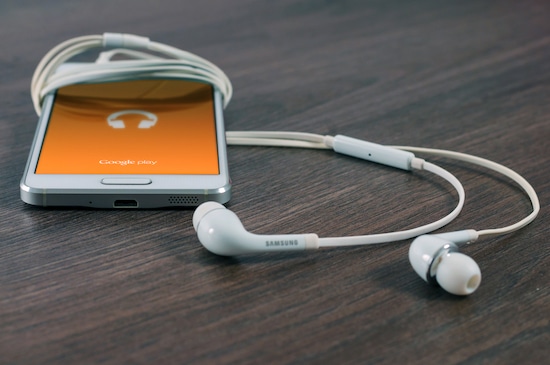Notifications Kill Your Productivity: How To Reclaim Your Life

We are bombarded by thousands of electronic notifications each day.
On an average day, people check their phones over 150 times between 6:00 am and 10 pm. And that’s just their phones!
Many people believe that notifications help us to stay on track. Paradoxically, they don’t. Notifications actually hurt our productivity.
Blogger Sid Savara says that notifications don’t just distract you temporarily, but they actually change your work habits, “Rather than actively setting an agenda, email forces you to react to items as they come in – regardless of their true priority.”
In fact, science proves that notifications are mostly bad for us. According to a study from the Journal of Experimental Psychology, interruptions as short as two seconds long are enough to double the number of errors made in a task. Such brief interruptions were found to be extremely disruptive because they broke the flow of the task by diverting attention, making it difficult for participants of the study to properly focus on the task at hand.
To compensate for the problems caused by notifications, we pretend to multitask, trying to assess reminders about future events or answer questions, while still completing our work. This too often becomes counterproductive (not to mention, error-prone). Multitasking costs the economy $450 billion dollars annually because this loss of productivity often increases stress and creates a cycle of disruption.
To combat this loss of productivity, business experts and entrepreneurs have begun practicing something called “monotasking”, or single-tasking.
While this seems easy at first glance, it takes a lot of discipline to turn off or ignore notifications. Manoush Zomorodi, the host of WNYC’s Note to Self podcast explains:
Our gadgets and all the things we look at on them are designed to not let us single-task. We weren’t talking about this before because we simply weren’t as distracted. Humans have a finite amount of neural resources. That’s why you feel tired at the end of the day, you’ve used them all up.
So the reality is that we actually can’t handle all of the daily notifications we receive because they cause us to shift our attention away for too long. It turns out that periods of deeper focus are more likely to result in productive, high-quality work. But you have to create an environment that allows you to focus more deeply. Here are our tips for pairing your notifications down to just the essentials.
1. Identify what you really need to know.
Image source: Robert Wiedemann
Make a list of all of the notifications you have now, including your phone and computer by looking through your notification settings. Then, begin to categorize the apps in groups of importance. Odds are pretty high that you are receiving notifications that you’re constantly ignoring or deleting. But they are negatively impacting your productivity, even if you think they’re not. Spend a few minutes and kill them so that you never see them – before they kill your productivity.

2. Know your notification options.
Image source: Rami Al-zayat
Often, there are many notification options you can choose from. Make sure you understand the difference between alerts and badges and know that you can completely turn them off. When you know your notification options, you can choose which apps need which kind of notification based on your earlier categories. And remember that you can also turn off notifications completely but manually turning them off or setting a schedule during certain hours when you don’t want to receive any notifications.
3. Pick unique sounds or vibrations.
Image source: William Iven
Depending on if the notification is on your phone or computer, you can pick different sounds for different notifications. For example, you might use a bell for email and a whistle for texts. This way, you don’t even have to look at the screen when deciding how critical a notification is to look at; you can just identify it by the sound. If you were waiting for an important email, you can now avoid the distraction of the text.
4. Delete all unnecessary notifications.
Image source: NeONBRAND
Maybe you have notifications for sports scores, or a specific Twitter account. Maybe you have multiple emails on your computer and let all the notifications come in at once. No matter what your situation is, there are plenty of notifications that are simply unnecessary. Think about how often you actually look at those notifications, and if it isn’t easier to just open the app itself. If you find yourself only looking at the information within the app, then you don’t need a notification.
5. Find times during your day to practice true single-tasking, or deep work.
Image source: Gabriel Beaudry
These are the moments in your day where you should turn every single notification off, and work on tasks for large chunks of time. This is undisturbed work time, where your focus and productivity is at its highest level and there is no chance of distraction. And if you can’t stand the silence, studies have shown that music is a great way to increase your focus. For more information on deep work and focusing, check out Cal Newport’s book Deep Work.
Remember that notifications are designed as reminders. But if notifications constantly cause you to lose focus, then the notifications become a distraction and a big liability. Save your brain from information overload and think critically about what you really need to know, and when.
Featured image source: I’m Priscilla
Design Done Better
The easiest way to get affordable, high-quality custom logos, print design, web design and naming for your business.
Learn How to Grow Your Business With Beautiful Design





